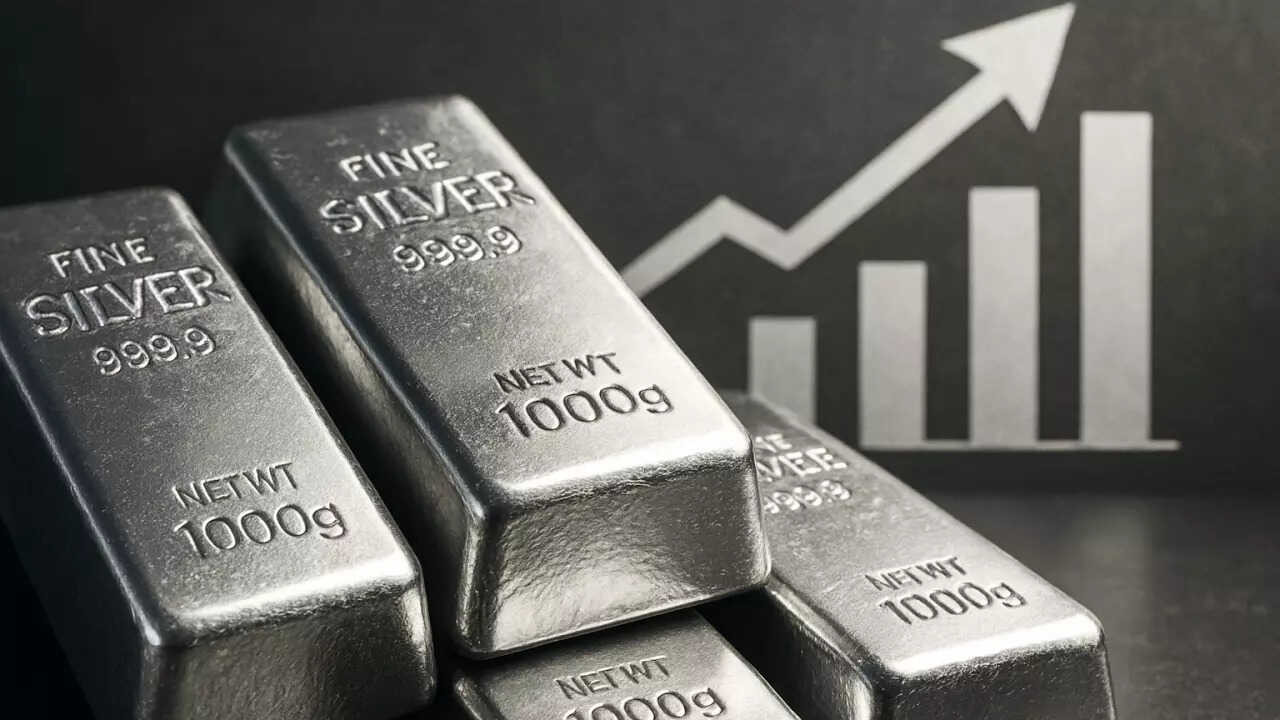Gold prices in Delhi plummeted by Rs 1,000 to Rs 1,01,520 per 10 grams, mirroring international market trends. This decline followed President Trump’s clarification that gold imports would not face tariffs, easing trade concerns. Silver also experienced a significant drop, decreasing by Rs 2,000 to Rs 1,12,000 per kilogram.
Is the Golden Era of High Gold Prices Over? A Deep Dive
Gold. The word itself conjures images of ancient treasures, royal adornments, and, lately, eye-watering price tags. But lately, that narrative seems to be shifting. We’ve all been hearing about gold hitting record highs, but recently, the shimmering allure of the yellow metal has dimmed a bit, with prices taking a noticeable dip. What’s behind this change, and is it a temporary blip or the start of a longer trend?
The recent price drop has certainly caught the attention of investors and consumers alike. For those dreaming of acquiring gold jewelry or making strategic investments, this could seem like a golden opportunity, but it is essential to understand the underlying factors influencing this market movement.
Unpacking the Drop: Why is Gold Falling Now?
Several factors are converging to exert downward pressure on gold prices. One major player is the strength of the US dollar. A robust dollar often translates to lower gold prices, as the precious metal becomes more expensive for buyers using other currencies. This inverse relationship is a cornerstone of global commodity trading, and right now, the dollar’s strength is casting a shadow over gold’s appeal.
Another key factor is the movement of bond yields, particularly in the US. Rising bond yields make fixed-income investments more attractive, drawing investors away from non-yielding assets like gold. Think of it as a competition for investment dollars; when bonds offer a better return, gold loses some of its shine. The recent increase in US Treasury yields is definitely playing a role in the current price dynamics.

Furthermore, shifts in investor sentiment have a significant impact. Right now, there’s a sense of cautious optimism in the market. With some economic indicators suggesting a potential slowdown in inflation, the urgency to park funds in safe-haven assets like gold has lessened. Investors are becoming more willing to take on risk, and that’s diverting capital away from precious metals. This appetite for riskier assets directly influences the demand for gold.
Inflation, Interest Rates, and the Gold Market: A Complex Interplay
The big question on everyone’s mind is: Will the fall continue? The answer, as with most economic forecasts, is complex. The future trajectory of gold prices hinges largely on how central banks, particularly the US Federal Reserve, manage interest rates and inflation. If inflation proves to be stickier than anticipated, and interest rates remain high for longer, gold prices could face continued downward pressure. Conversely, if inflation cools down more rapidly, and central banks begin to ease monetary policy, gold could regain some of its lost ground.
For savvy investors, this market volatility presents both challenges and opportunities. Understanding the economic indicators and geopolitical events that drive gold prices is crucial for making informed decisions. Also, understanding the basics of investing in precious metals like gold is critical.
Gold Investing: Is Now the Time to Buy?
Ultimately, the decision to buy or sell gold depends on individual investment goals and risk tolerance. Some analysts believe that the current dip represents a buying opportunity for long-term investors who see gold as a hedge against economic uncertainty. Others suggest caution, advising investors to wait and see how the macroeconomic picture unfolds.
It’s crucial to remember that past performance is not necessarily indicative of future results. Investing in gold, like any investment, carries risk. Diversification is key, and consulting with a qualified financial advisor can help you make the right decisions for your specific circumstances.
The Future of Gold: A Shifting Landscape
The recent fluctuations in gold prices serve as a reminder that even the most time-honored investments are subject to market forces. The interplay of factors like the dollar’s strength, bond yields, and investor sentiment is constantly reshaping the landscape of gold investing. Staying informed, understanding the underlying drivers of price movements, and tailoring your investment strategy to your individual needs are the keys to navigating this ever-evolving market. The golden era may not be over, but it’s certainly entering a new chapter.







